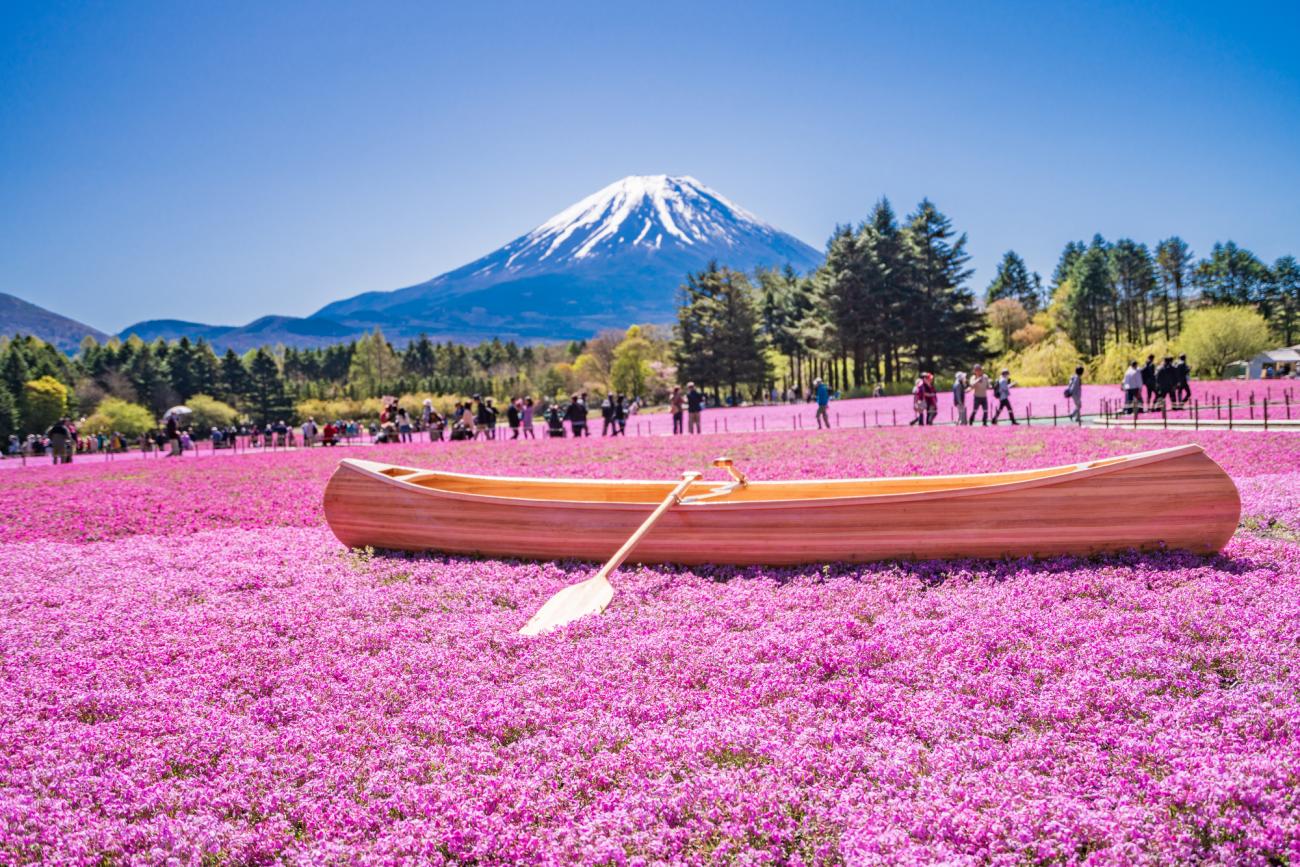Coin Laundry in Japanese Business Hotels: Lifesaver or Overrated?

1. Why Coin Laundry Is Everywhere in Japan
If you have ever stayed at a Japanese business hotel such as APA, Toyoko Inn, or Super Hotel, you have likely noticed the coin-operated laundry machines tucked away near the lobby or on certain floors.
Laundry facilities are a standard feature in these hotels because many guests are domestic business travelers who stay for several nights. Rather than packing a large suitcase, they wash and re-wear their clothes during their trip. This system is also widely used by budget travelers and long-stay tourists who prefer to travel light and refresh their wardrobes mid-journey.
2. How Coin Laundry Typically Works
Most hotel laundry rooms are self-service and open 24 hours a day, making them incredibly convenient. A standard washing machine costs around ¥200–¥300 per load and takes 30 to 40 minutes. Dryers are typically ¥100 per 20–30 minutes, though heavier clothing may require more than one cycle.
Detergent is often automatically dispensed by the machine. If not, it can usually be purchased at the reception desk for around ¥50–¥100. Many newer hotels have all-in-one washer-dryer units, which allow guests to set a single cycle and return later to collect fully washed and dried clothes. Older models require transferring laundry to a separate dryer after the wash cycle ends.
Because machines operate on a first-come, first-served basis, it’s common to experience short waits during peak evening hours between 8 PM and 10 PM.
3. The Pros — When It’s a Lifesaver
Coin laundry can make traveling significantly more practical. It allows you to pack fewer clothes and simply wash mid-trip, saving space in your luggage. The cost is low—typically under ¥500 for a full wash and dry—compared to hotel laundry services. Because facilities are available 24 hours a day, you can run a load while sleeping or relaxing in your room. Machines are usually clean, reliable, and easy to operate, making them a dependable option for long trips or multi-city itineraries.
4. The Cons — When It Feels Overrated
There are some drawbacks to consider. During busy times, you may need to wait for an available machine, especially in hotels that only provide a few units for all guests. Some machines still only accept coins, so it’s wise to keep a supply of ¥100 coins on hand. Dryers in Japan are not as powerful as those in some other countries, which means heavy items like jeans often need multiple cycles to fully dry. If you’re staying just one night or have a tight schedule, using the laundry room may not be worth the time.
5. Smart Tips for Using Hotel Coin Laundry Efficiently
To avoid delays, it’s best to do laundry early in the morning or late at night when most guests are asleep. Choosing quick-dry synthetic fabrics will help reduce drying time. Keep a stash of coins ready—change is typically available at reception or vending machines nearby. Setting a timer ensures you return to the machine as soon as the cycle finishes, preventing others from removing your clothes. For delicate items, lower heat settings are recommended to avoid shrinking.
6. Alternatives If You Don’t Want to Wait
If the hotel laundry area is crowded, several alternatives are available. Many neighborhoods have nearby coin laundromats with larger machines, free Wi-Fi, and seating areas, making them comfortable for doing bigger loads. For light items, hand washing in the bathroom can be surprisingly effective thanks to good ventilation and heated drying functions. Another option is to use the hotel’s paid laundry service, which costs more but is convenient for business attire or formal wear.
Conclusion
Coin laundry in Japanese business hotels can be a real travel hack, especially for those on longer trips or travelers who prefer to pack light. It’s affordable, clean, and available around the clock. However, for short stays or when schedules are tight, it can feel like more hassle than it’s worth—particularly during busy evening hours.
For many travelers, the benefits outweigh the drawbacks, but knowing when and how to use these facilities can make a big difference in your travel experience.



